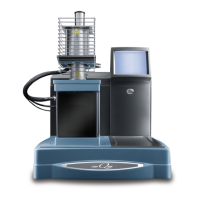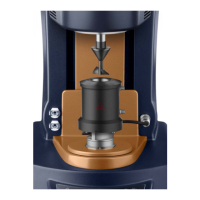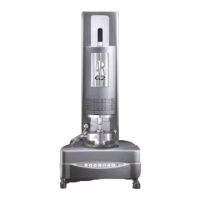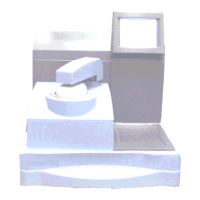Appendix B
B–8 TA I
NSTRUMENTS
TGA 2950
The major drawback to these techniques is that
they increase substantially the total time required
for a measurement, thereby reducing laboratory
productivity. Moreover, increasing measurement
time often reduces the accuracy and reliability of
the analysis. This is due to exposing the sample
to high temperatures for long periods of time
which may cause slow time-dependent changes
such as oxidation and absorption, or exposure to
changing ambient conditions such as humidity
and pressure.
The TA Instruments
Hi-Res
TM
Technique
The TA Instruments Hi-Res
TM
technique,
dynamic rate TGA (DRTGA), differs from
previous control techniques in that the heating
rate of the sample material is dynamically and
continuously modified in response to changes in
the rate of decomposition of the sample so as to
maximize weight change resolution. This
technique allows the use of very high maximum
heating rates during Hi-Res
TM
ramp segments
while avoiding transition temperature overshoot.
Typical Hi-Res
TM
ramps often take the same or
less time to complete than a comparable con-
stant heating rate experiment run at a lower
heating rate, while providing improved resolu-
tion.

